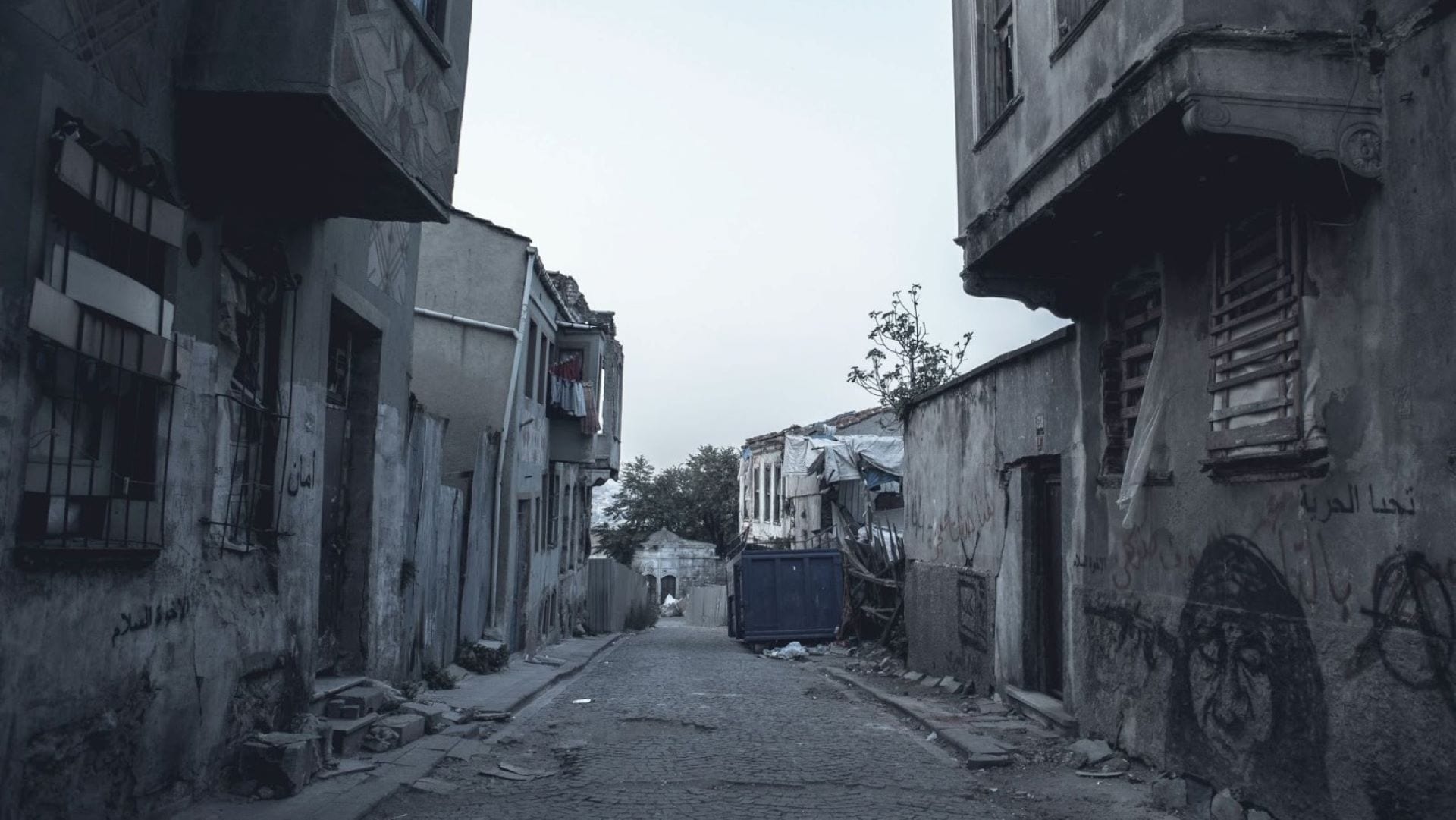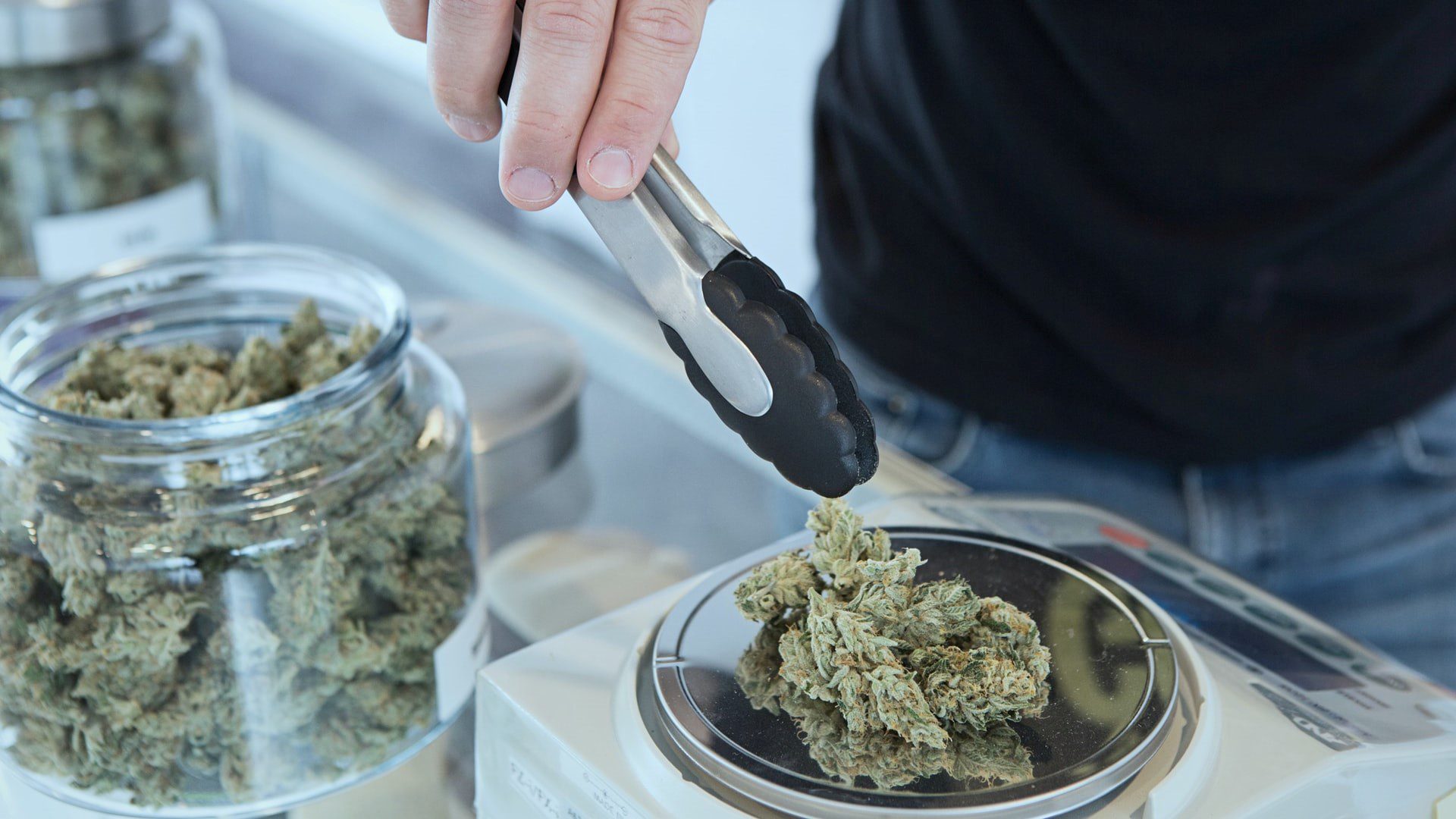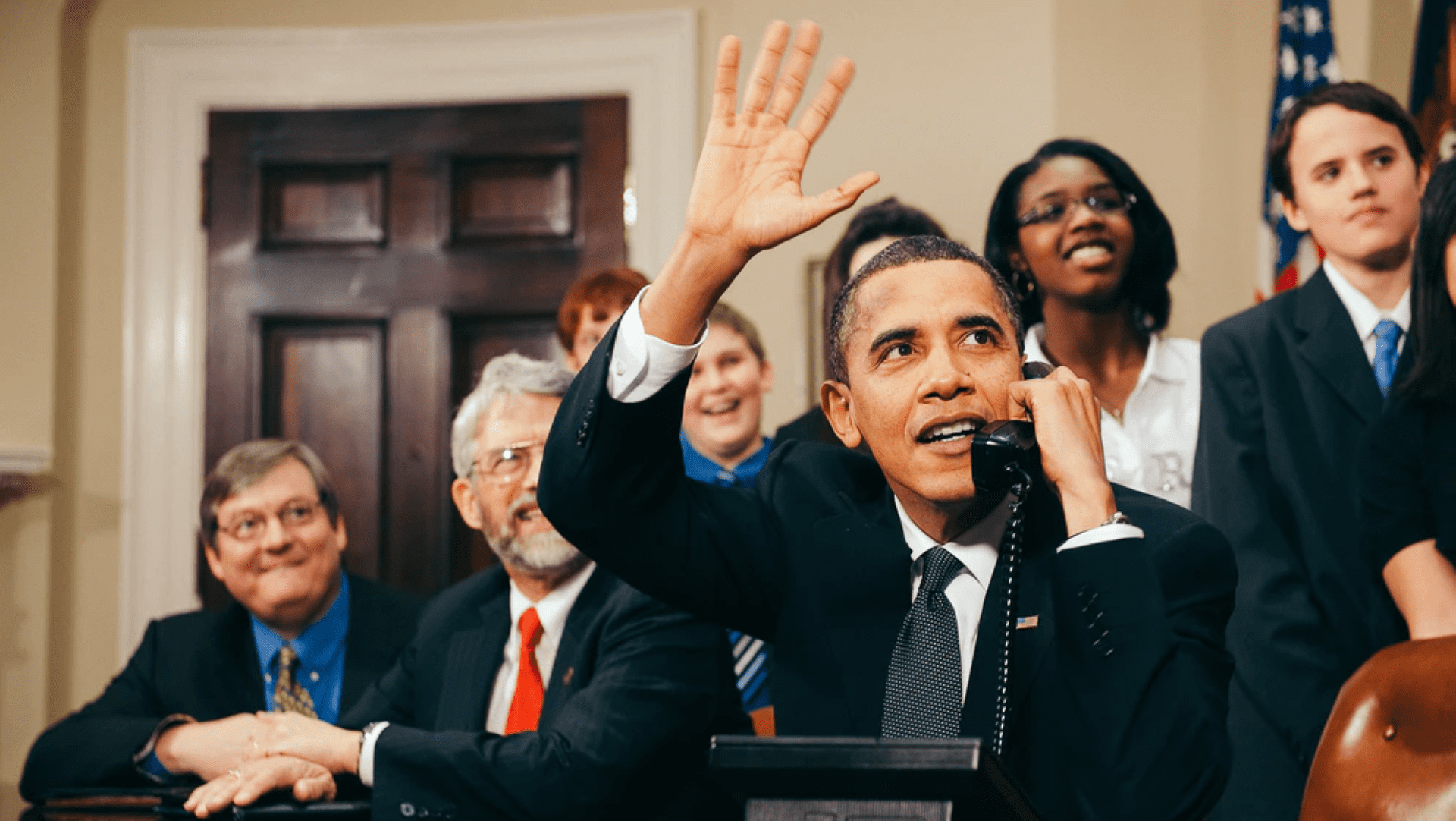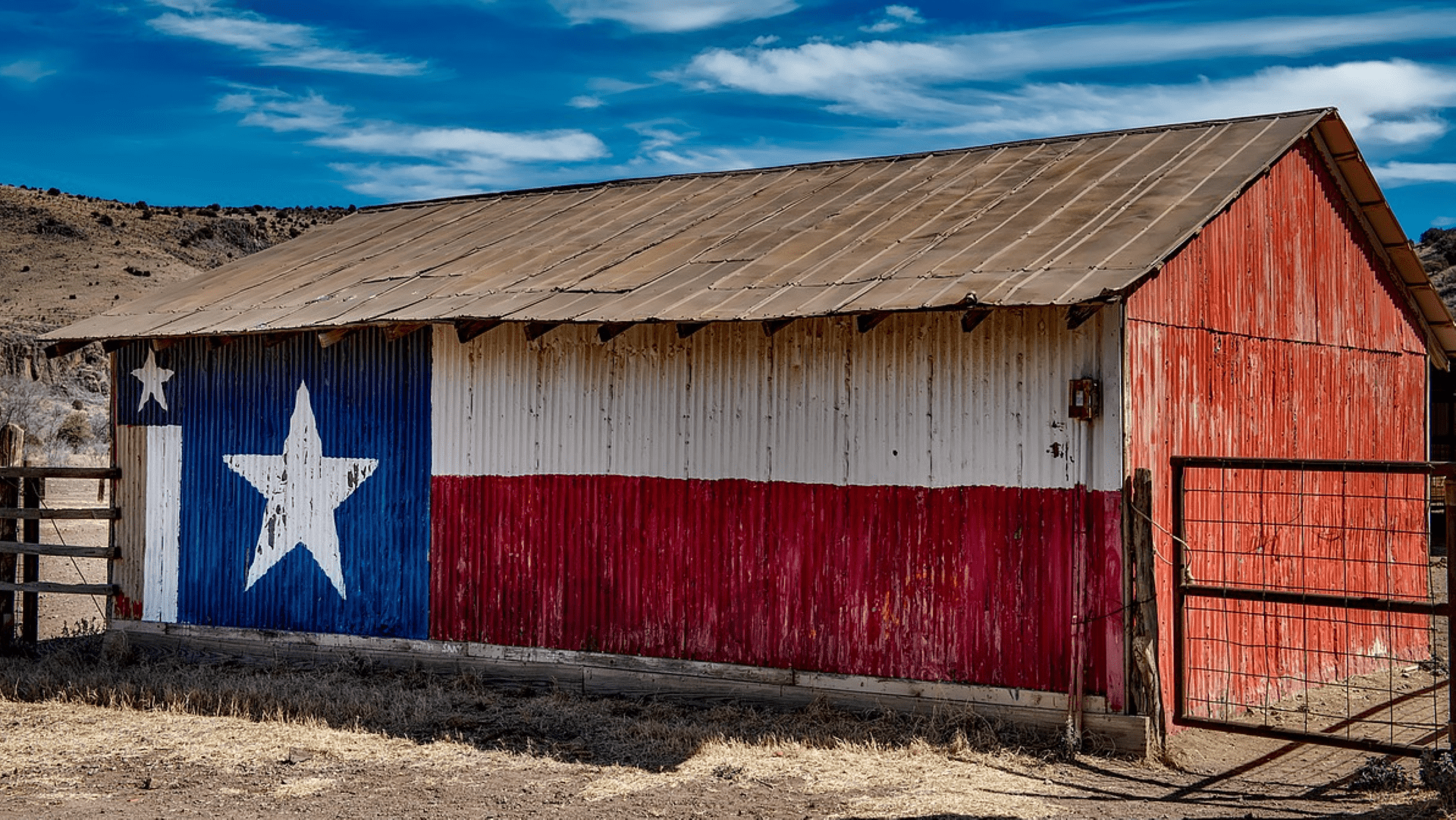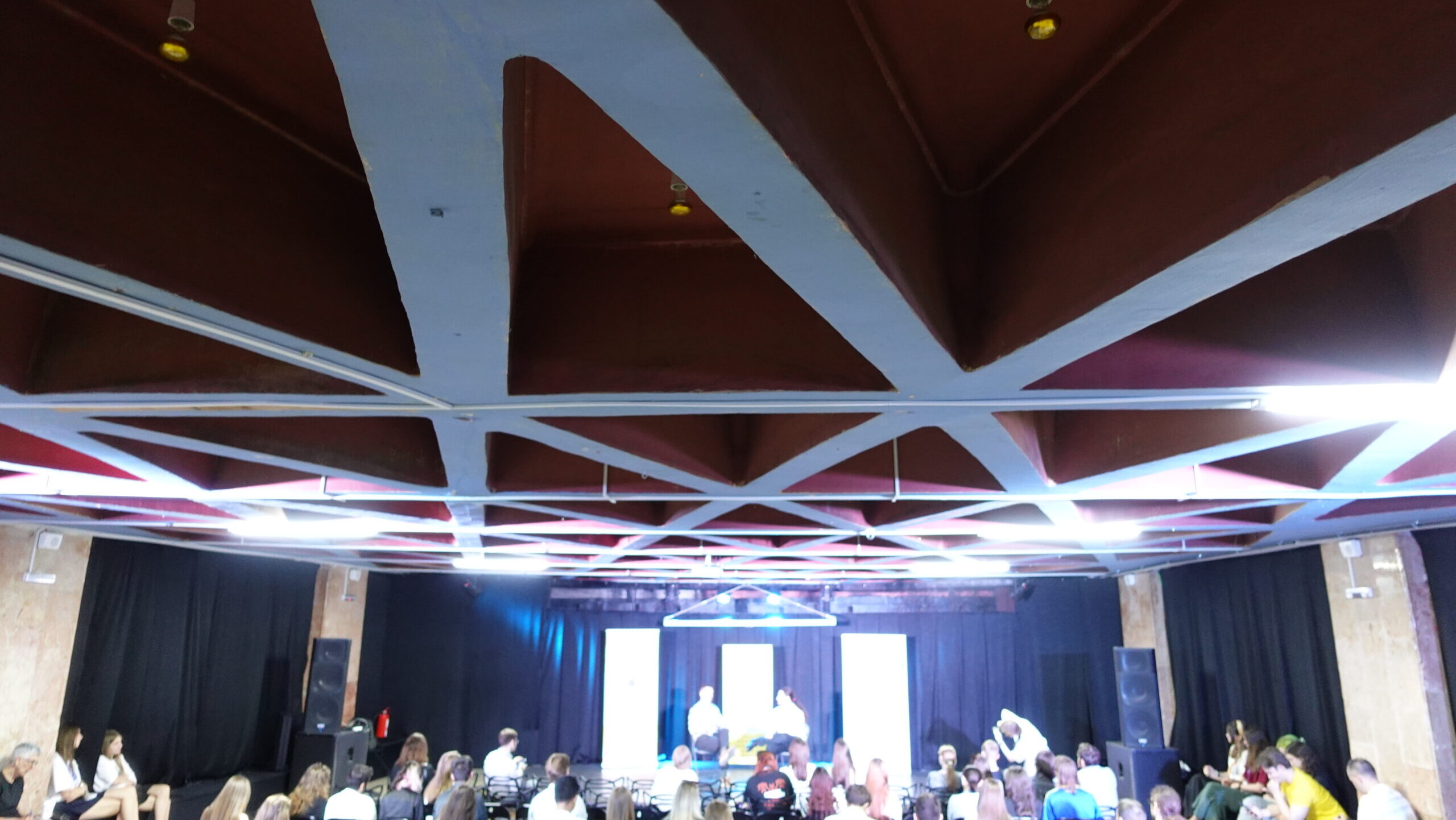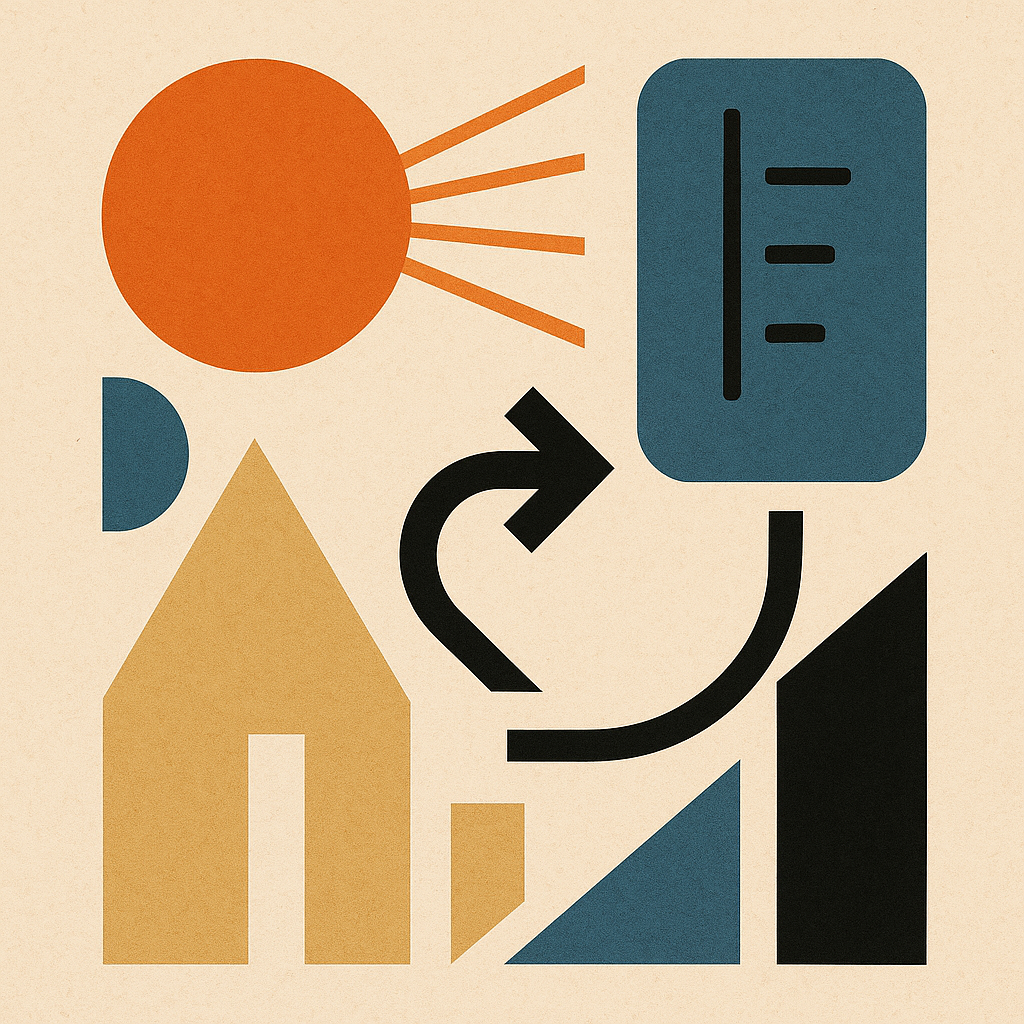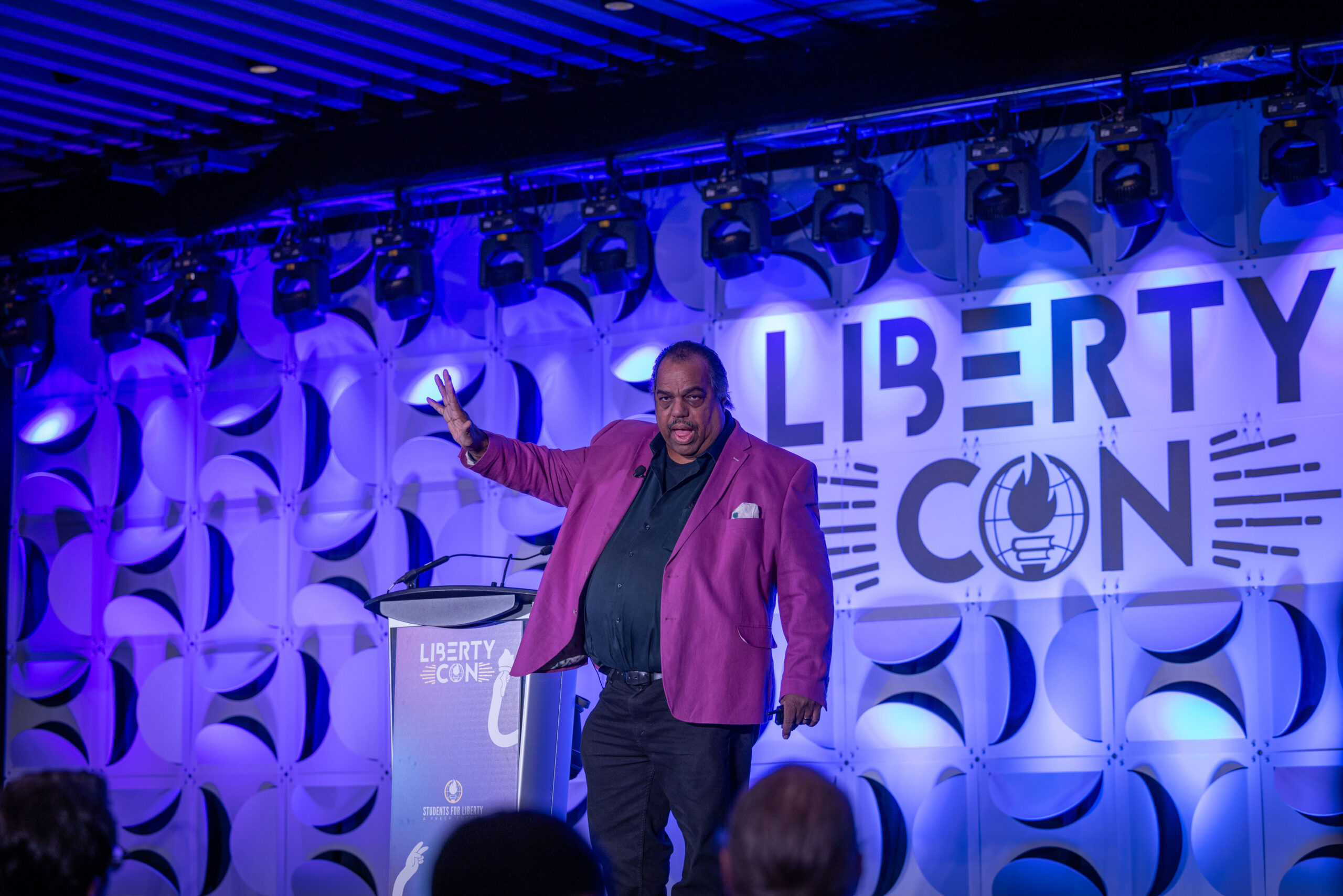By Elias Garcia
To the average American, criminal gangs and the violence they court seem to be irrational and inexplicable phenomena. The violence perpetuated by these criminal groups seems random and unjustified.
What all people do seem to understand, however, is that gangs are a spectacle unique to urban centers, and are viewed as a natural outgrowth of city environments, along with busy four way streets and subway systems.
We can go beyond this shallow portrait of drug gangs by examining the economics at play. Drugs, gangs, and the violence caused between the two are just as susceptible to market forces as stocks and oil prices.
How drug gangs are structured
In August of 1998, the University of Chicago published “An Economic Analysis of a Drug-Selling Gang’s Finances” in The Quarterly Journal of Economics. Written by Steven Levitt and Sudhir Venkatesh, the data used was acquired from a then dissolved gang and provided unprecedented insight into “gang economics.”
Prior to this publication, there was never a systematic study of gang finances and related social structures, largely because of their violent and unwelcoming nature. This study demonstrated that urban gangs are primarily structured, financed, and driven extensively by drug related activities.
This should come as no surprise. Alcohol prohibition was the single largest reason why organized crime grew to the size it did from 1920-1933. When the legal production of alcohol was banned, demand did not disappear. Instead, prohibition shifted production entirely into the illegal sphere, thus fueling mob growth and power. Moreover, it completely failed to actually curb alcohol consumption, abuse, and related activities.
Nevertheless, we’ve attempted prohibition a second time, this time with all other drugs except alcohol and cigarettes. The results are very familiar. According to the Levitt et al. paper, following the initiation of the Drug War, gang structuring began to re-orient in a fashion similar to “corporations.”
Although the gang they were analyzing may have been more advanced than others (as Levitt et al. point out), this recent change is fairly evident in gangs around the nation. The hierarchies and dynamics involved are very similar to that of a business. Foot soldiers deal out drugs from their suppliers, who in turn get their supply from more centralized dealers, and above those are the leaders.
What’s even more interesting is that the gangs that did not adopt this structure failed to compete successfully with the gang analyzed by Levitt et al. because of a lack of efficiency to sell drugs relative to said gang.
Why people join gangs
Levitt et al.’s research also showed that membership in a gang is largely seen as a financial decision by prospective members. The types of people who tend to join gangs have limited job prospects due to a variety of factors, including a lack of access to higher education and pre-existing criminal records.
With the pay brackets of a gang highly skewed towards upper members, “foot soldiers” are willing to take on a high opportunity cost (risk of harm, arrest, or death), for the potential prospect of higher pay later on that would otherwise be unachievable in the legal sector.
The reason drugs are a steroid for gang growth and activity is because the return for drugs is much greater than that of previous activities, such as extortion, since drug dealers are the sole provider for a commodity, with the exception of other gangs. Drug production and selling creates avenues for income not previously possible, and thus by extension, membership and influence.
The rise of the now constant Drug War was also largely responsible for the increase in gang violence. The ownership of territory has always been important to gangs for financial and logistical reasons, and as a demonstration of power. However, the Drug War made guarding territory even more crucial to the success of gangs.
Why drug gangs are particularly violent
The potential expansion of a gang is limited entirely to their capabilities to shell out products to consumers. Due to a lack of a real open market, this means that only immediate consumers are a viable source of income.
This leads to several problems, but notably two: disagreements are only settled by violent force due to a lack of a legal market for production and consumption, and competition with other gangs is directly confrontational, with little room for diplomacy and non-violent reconciliation.
On top of this, gangs see the potential of violence as a way to shift demand. If consumers view X gang’s territory as dangerous, they will naturally go to other gangs for their drug related needs. This also means that if two warring parties stay in conflict for too long, they will both lose substantial profit in both the short and long term.
War is an extremely expensive tool for gangs to use, but owing to their illicit nature, they’re left with little else. When contracts and territory can’t be enforced legitimately by law, only violence remains.
Drug prohibition worsens violence
From the prohibition of the early 1900s to prohibition today, gangs emerge to correct a gap between supply and demand. When governments are surprised that their attempts to ban drugs are ineffective, it is because they fail to understand that drug markets are largely inelastic, meaning that regardless of physical supply or price, the demand will not change.
So when legal entrepreneurs are banned from selling willing adults various substances, gangs are here to fill the gap. As Capone put it best himself, “Prohibition is a business. All I do is supply a public demand.”
It may be easy to write off gangs as an urban disease created as a result of failed government policies, a dismal education system, and urban poverty. All of these assumptions are correct, but are missing a key component.
By ignoring the basic laws of supply and demand, governments inflame the very problems of violence and crime that they wish to eliminate by unintentionally perpetuating the growth of gangs. We are then left in a world that incentivizes the very things that the war on drugs was meant to prevent.
To read more about the Drug War, be sure to check out our cluster page by clicking on the button below.
This piece solely expresses the opinion of the author and not necessarily the organization as a whole. Students For Liberty is committed to facilitating a broad dialogue for liberty, representing a variety of opinions.
